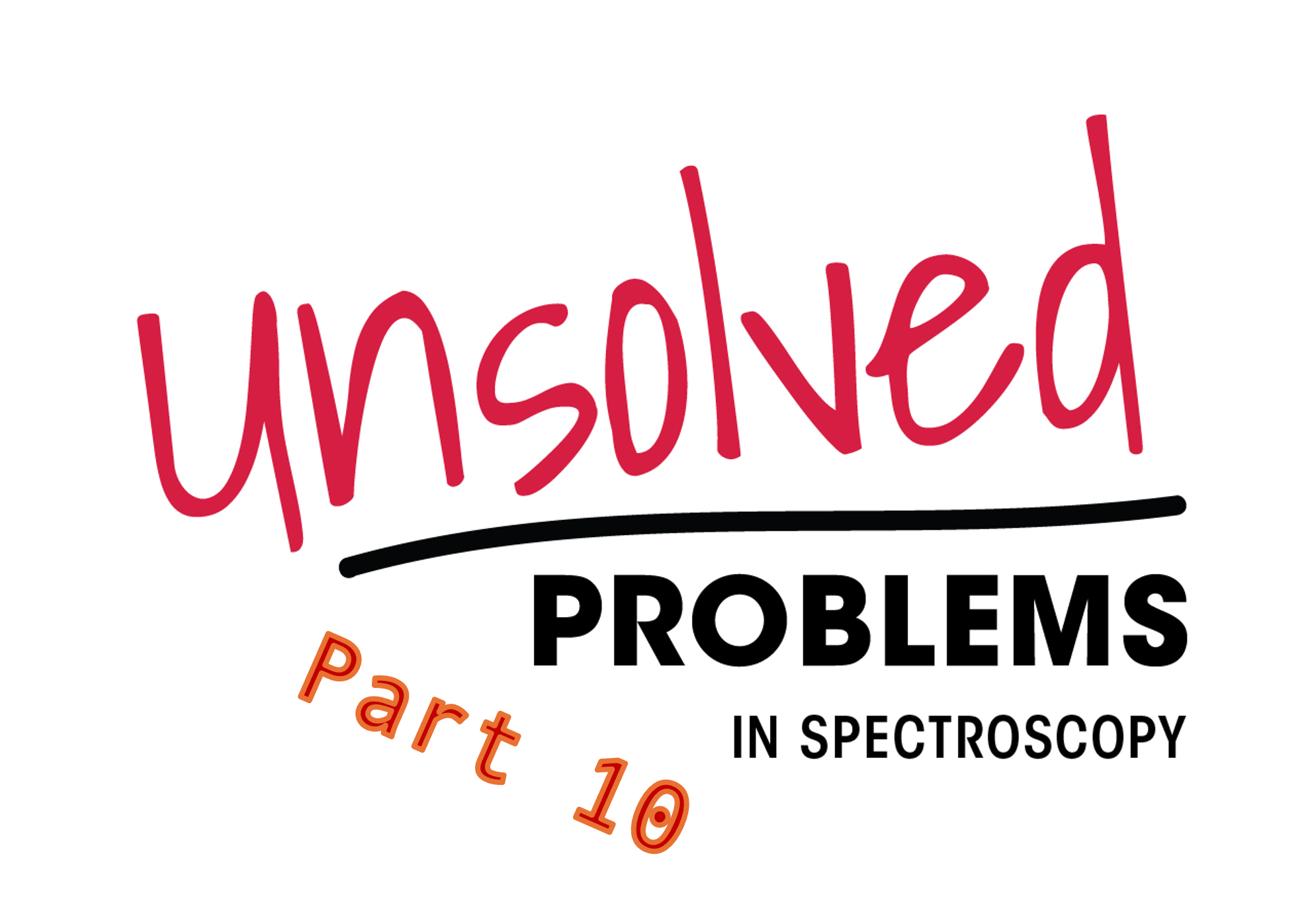Article
Spectroscopy
Spectroscopy
PerkinElmer Inc
Company Description
PerkinElmer is a global leader focused on improving human and environmental health, for the better. We provide our customers with critical knowledge, expertise, and innovative detection, imaging, software, and service solutions so that they can make better decisions for better outcomes. At PerkinElmer, we make a difference every day, helping scientists, clinicians, and governments detect earlier and more accurately to improve the health and safety of people and the environment. Our solutions range from enabling the discovery of more effective diagnostics and therapies, to making sure that the food we eat, the water we drink, and our environment are safe from contaminants.

Chief Spectroscopic Techniques Supported
- Atomic absorption
- Inductively coupled plasma (ICP-OES and ICP-AES)
- ICP mass spectrometry (ICP-MS)
- Infrared (FT-IR and FT-NIR) spectroscopy
- UV–vis and UV–vis–NIR
Markets Served
PerkinElmer is a leading provider of precision instrumentation, reagents and chemistries, software, and services for a wide range of scientific and industrial laboratory applications, including environmental monitoring, food and beverage quality/safety, and chemical analysis, as well as genetic screening, drug discovery, and development.
Major Products/Services
PerkinElmer, Inc. offers a wide breadth of instrumentation and solutions to meet your analytical measurement needs:
- Atomic spectroscopy: AA, ICP-OES, ICP-MS
- Chromatography: GC and GC custom solutions, and GC–MS/MS, GC–MS, HPLC and UHPLC, LC–MS, and LC–MS/MS
- Hyphenated techniques: HPLC–ICP-MS, GC–ICP-MS, HS-GC, HS-GC–MS, TD-GC, TD-GC–MS, TG-IR, TG-MS, TG-GC–MS.
- Mass spectrometry: ICP-MS, GC–MS, LC–MS
- Molecular spectroscopy: FT-IR and FT-NIR, UV–vis and UV–vis–NIR, fluorescence spectroscopy
- Thermal analysis: DSC, TGA, STA, DMA, TMA
- Organic elemental analysis: CHNS/O
- Consumables: Atomic spectroscopy, chromatography, mass spectrometry, molecular spectroscopy, thermal analysis, organic elemental analysis
- OneSource(r) Laboratory Services
Facilities
PerkinElmer, Inc. operates globally in 150 countries.

PerkinElmer, Inc.
940 Winter Street
Waltham, MA 02451
TELEPHONE
(781) 663-6900
FAX
(781) 663-6052
WEB SITE
NUMBER OF EMPLOYEES
8000
YEAR FOUNDED
1937
Newsletter
Get essential updates on the latest spectroscopy technologies, regulatory standards, and best practices—subscribe today to Spectroscopy.





